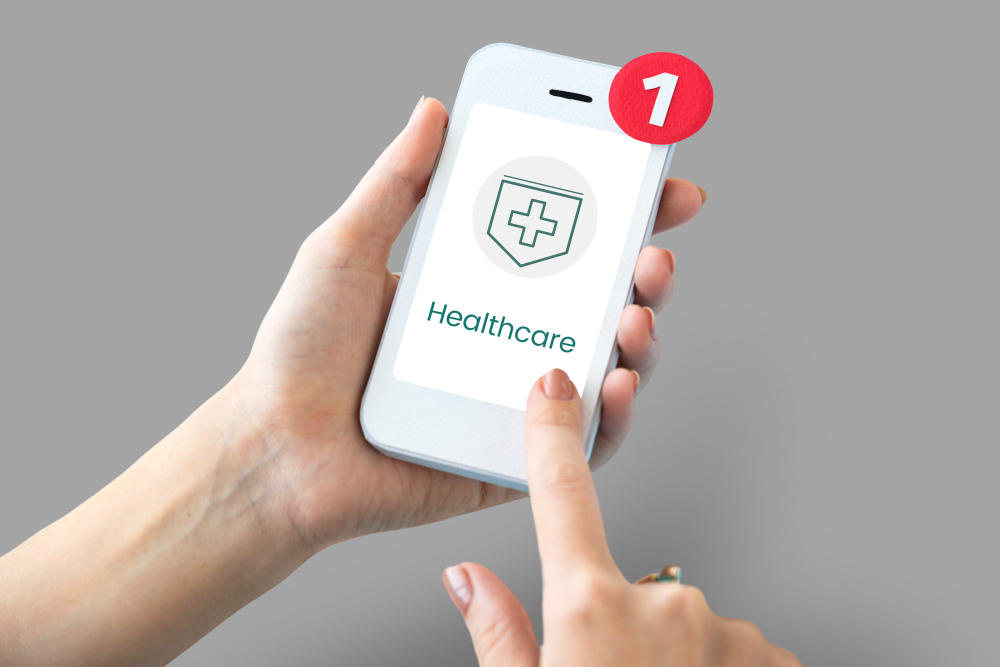How to Create a Successful Private Practice Business Plan

Establishing a successful private practice requires careful planning. Physicians should be prepared to balance both business and patient care aspects. Assess your capabilities, challenges, opportunities, and concerns (Four C’s) when creating your business plan. Regularly review and update your plan to adapt to changes and growth. ClinicMind offers practice management solutions to streamline business operations, allowing physicians to focus on patient care.
Best Practices for Developing a Strong Referral Network in Private Practice

Building a strong referral network is vital for private practice success. Referral marketing and patient reviews play a significant role. Implement a well-structured referral program, use technology tools, and pay attention to patient feedback and reviews. Embrace social media and digital marketing for outreach. Overcome challenges in incentivizing referrals with genuine engagement. ClinicMind’s comprehensive practice management solution supports streamlined operations and fosters a positive reputation, encouraging referrals.
Mobile Apps for Private Practice: Tips and Tricks for Success

The rise of mobile apps in healthcare is transforming private practice management and patient engagement. These apps enhance patient records management, scheduling, billing, and more, offering accessibility to healthcare providers and patients. Differentiating between practice management and patient apps is crucial, and they can work together to streamline practice operations. ClinicMind software offers a comprehensive solution, including EHR/RCM, credentialing, and insurance management, accessible through mobile devices, enhancing practice efficiency and patient care.
How to Keep Patients Engaged in Their Healthcare

Effective patient engagement in private practice is vital for improving healthcare outcomes. The challenges include patient passivity and the disconnect created by telehealth. Providers should leverage technology to facilitate patient engagement. Well-designed EHRs, patient management apps, and scheduling tools help build rapport and enhance patient involvement. Gathering feedback from patients is a valuable step to understand and improve engagement. ClinicMind offers a comprehensive practice management platform to streamline operations, giving providers more time for patient engagement.

